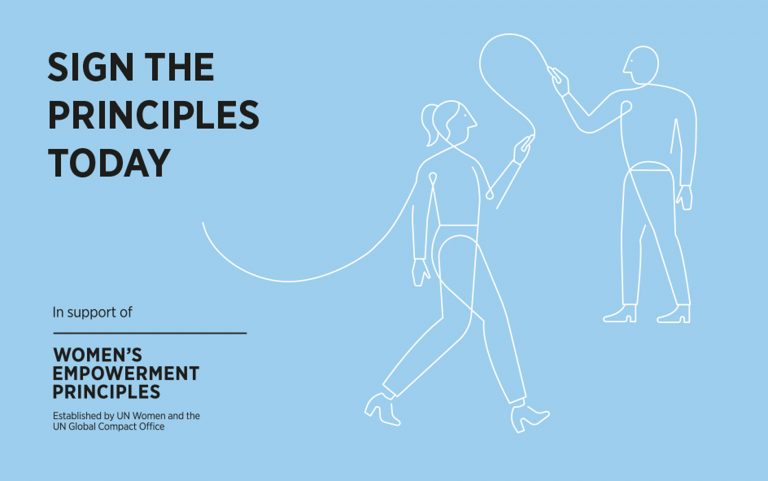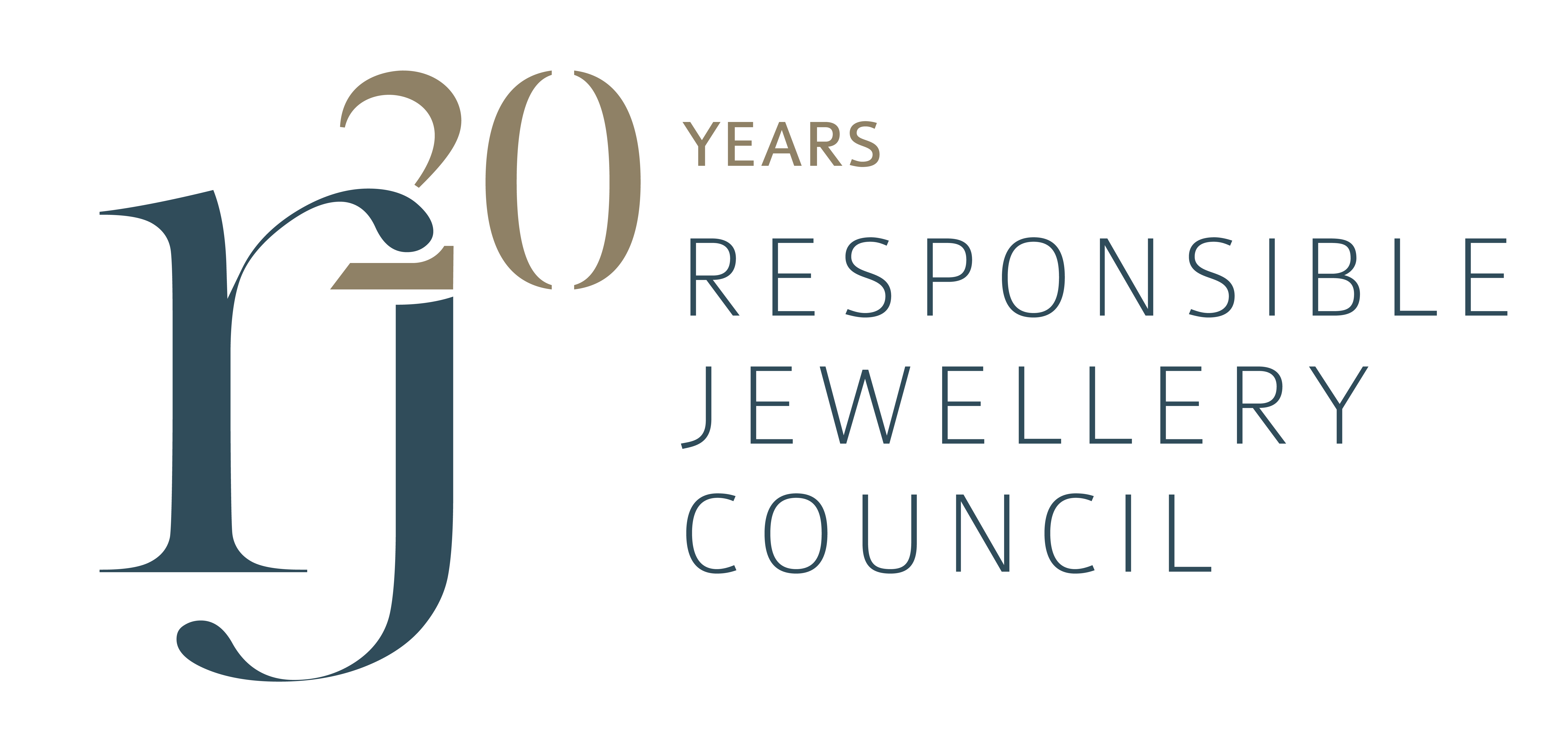Home / Action / Gender Equality (SDG 5) / Women’s Empowerment Principles (WEPs)
Responsible Jewellery Council (RJC) has adopted the United Nations Women’s Empowerment Principles (WEPs) as part of our commitment to promoting gender equality and women’s empowerment in the workplace, marketplace and community.
What are the Women's Empowerment Principles?
The Women’s Empowerment Principles (WEPs) are a set of Principles offering guidance to business on how to promote gender equality and women’s empowerment in the workplace,
marketplace and community. The WEPs are informed by international labour and human rights standards and grounded in the recognition that businesses have a stake in, and a
responsibility for, gender equality and women’s empowerment.
The WEPs are a primary vehicle for corporate delivery on gender equality dimensions of the 2030 Agenda and the United Nations Sustainable Development Goals. By joining the
WEPs community, the CEO signals commitment to this agenda at the highest levels of the company and to work collaboratively in multistakeholder networks to foster business practices that empower women.
The List of Principles
Corporate leadership is a key and integral part of making gender equality and women’s empowerment a top strategic priority. It publicly signals the CEO’s and the executive team’s goals and targets for implementing the WEPs and how the seven Principles will become part of the corporate sustainability strategy, day-to-day operations and organizational culture.
Suggested Actions
- Establish company-wide goals and targets for gender equality and women’s empowerment and measure progress through clear performance indicators.
- Make managers at all levels accountable for results against these goals and targets through their performance reviews.
- Engage and consult internal and external stakeholders in the development of company policies, programmes and implementation plans.
- Ensure that existing policies are gender-sensitive – identifying factors that impact women and men differently – and that corporate culture advances equality and inclusion.
- Review the requirements for board membership, and other governance bodies and committees, to remove any discrimination or bias against women.
Treating all women and men fairly at work aligns with international human rights principles. It also translates to better talent acquisition, higher employee retention and satisfaction, increased productivity and better decision making. Removing all forms of discrimination in corporate policies, strategies, culture and practices is a solid step forward in a company’s WEPs journey.
Suggested Actions
- Pay equal remuneration, including benefits and bonuses, for work of equal value and ensure at a minimum a living wage for all women and men employees.
- Foster an inclusive workplace culture and remove gender-based discrimination from all policies and practices.
- Implement gender-sensitive recruitment and retention practices and proactively recruit and appoint women to managerial and executive positions and to the corporate board of directors.
- Offer flexible working arrangements, leave and re-entry opportunities to positions of equal pay and status.
- Support women and men’s access to child and dependent care through services, resources and information.
Employers play a key role in preserving and promoting the physical and emotional health, safety and wellbeing of their women and men employees. Sexual harassment and violence signify high costs to women in terms of lost earnings, missed promotions and overall wellbeing. Companies are impacted in form of employee absenteeism and productivity losses.
Suggested Actions
- Establish internal policies and procedures preventing all forms of violence and sexual harassment at work.
- Ensure all employees’ equal access to health insurance, including part-time workers, and to support services for survivors of violence and harassment.
- Respect women and men workers’ rights to time off for medical care and counseling for themselves and their dependents.
- Provide safe working conditions and protection from exposure to hazardous materials and disclose potential risks, including to reproductive health.
- Address safety and security issues, including traveling to/from work and business trips, and train security staff and managers to recognize signs of violence against women, human trafficking, labour and sexual exploitation.
Suggested Actions
- Invest in workplace policies and programmes that open avenues for women’s advancement at all levels and across all business areas.
- Encourage women to enter nontraditional job fields and revenue generating roles.
- Ensure equal access to and participation in all company-supported education and training programmes.
- Provide equal opportunities for formal and informal networking and mentoring programmes.
- Conduct sexual harassment and unconscious bias training and awareness raising on the corporate gender equality policy and action plan.
Negative and diminished conceptions of women and girls are one of the greatest barriers for gender equality. Advertising is a powerful driver to change perceptions and impact social norms –portraying women and men in modern, authentic and multidimensional roles. Companies can also influence business partners through inclusive supply chain policies and standards of engagement.
Suggested Actions
- Require business partners, contractors and suppliers to adopt the WEPs.
- Establish supplier diversity programmes that actively seeks to expand business relationships with women-owned enterprises and support them in access.
- Support gender-sensitive solutions to women’s barriers to accessing financial products and services.
- Ensure that company products, services and facilities are not used for human trafficking and/or labour or sexual exploitation.
- Remove harmful gender-based stereotypes in all media and advertising and systematically depict women and men as empowered actors with progressive, intelligent and multi-dimensional personalities.
Companies are increasingly investing in community development programmes to make valuable, effective and responsible contributions to gender equality and women’s empowerment. A key motivation is to respond to consumer preferences to buy from companies with gender-responsive business practices and who are actively supporting community initiatives.
Suggested Actions
- Lead by example by showcasing concrete actions to advance gender equality and women’s empowerment.
- Leverage influence, alone or in partnership, to advance gender equality and collaborate with business partners, suppliers and community leaders to achieve results.
- Work with community stakeholders and officials to eliminate discrimination and exploitation and to open opportunities for women and girls.
- Promote and recognize women’s leadership in, and contributions to, their communities and ensure their active participation in community consultation.
- Use philanthropy and grants programmes to support community initiatives.
Transparency and accountability are required for companies to uphold their commitments to gender equality in the workplace, marketplace and community. Measuring and reporting mechanisms are crucial to monitor and track performance and progress. Business leaders and stakeholders agree that while not everything of value can be counted, it is difficult to manage what is not measured.
Suggested Actions
- Take the WEPs Gap Analysis Tool to establish a baseline for WEPs implementation.
- Develop incentives and accountability mechanisms to accelerate WEPs implementation.
- Collect, analyze and use gender statistics and sex-disaggregated data and benchmarks to measure and report results at all levels.
- Report annually on progress in the implementation of the Women’s Empowerment Principles.
- Share lessons learned and good practices in the implementation of the WEPs and publish them on the WEPs website.
Why do we need equality in the workplace?
To uphold human rights and be inclusive, just and fair: It is really as simple as that. Gender equality in the workplace, marketplace and community advances the Agenda 2030 on Sustainable Development. It is good for society; it is good for the economy; and it benefits everyone.
To improve corporate performance: Women’s equal participation at every level of the company – from the factory floor to the corporate board – leads to better financial performance, and raises returns on investment, market share and stocks.
To attract and retain talent: Companies with fair HR systems that respond to both women’s and men’s needs lead to inclusive recruitment practices, improved retention rates, reduced absenteeism and turnover rates, and an equitable promotion system.
To attract investments: Investors know that companies that promote gender equality are more productive, more profitable and maintain a positive reputation. They are holding companies to more rigorous standards and choosing to invest in sustainable companies that balance purpose and profit and meet the needs of both shareholder and stakeholders.
To increase innovation capacity: A diverse workforce fosters diverse ideas and generates dynamics that encourage creativity and leads to innovation.
To diversify the supplier base: A diversified pool of suppliers enhances supplier availability and security; promotes innovation through the entrance of new products, services and solutions; drives competition; and increases market penetration and access to new markets. Investing in and engaging with women-owned businesses in corporate supply chains also boosts the reputation of companies among their stakeholders and shareholders.
To meet the needs and demands of consumers: Increasingly, consumers are demanding products and services from companies with transparent, responsible business practices that advance gender equality. Women influence the majority of purchasing preferences and decisions. A diverse workforce and supplier base, representing the composition of its consumer base, can help a company meet the product and service needs of their consumers.
To end harmful gender-based stereotypes in advertisement and outreach materials: An unstereotyped world is no longer only a social imperative, but a business one. Advertisements which portray women respectfully as progressive and modern, authentic and multi-dimensional helps advance gender equality while improving customer perception and brand reputation.
To fully integrate into communities: Companies that undertake community consultations with local leaders – women and men – establish strong ties and programmes that benefit all community members and advance gender equality and sustainable development.
RJC & UNGC joint webinars
RJC members have a crucial role to play in accelerating gender equality throughout the entire watch and jewellery global supply chain. As part of our RJC SDGs Roadshow Series, we explore business tools designed to provide practical guidance on implementation and benchmark your organisation’s progress towards achieving a gender-balanced workplace.
Call to action: Sign the WEPs
We invite all RJC members to adopt the WEPs by signing the CEO Statement of Support and complete the online form.


